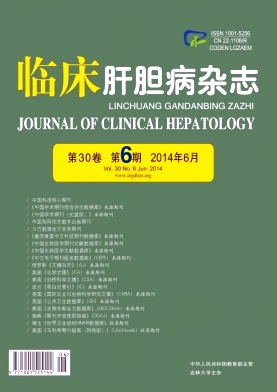Objective To investigate the pathogenesis, diagnostic keys, and treatment of hepatogenous diarrhea. Methods Sixty- two patients with hepatogenous diarrhea were assigned to three levels of treatment. Patients given level- one treatment received live combined Clostridium butyricum and Bifidobacterium powder for regulating intestinal flora; patients given level- two treatment received montmorillonite powder for constriction, adsorption, and stopping diarrhea and compound diphenoxylate for inhibiting intestinal peristalsis; patients given level- three treatment received somatostatin for reducing portal pressure. Total bilirubin, albumin, total bile acid, prothrombin time, platelet count, spleen thickness, spleen length, splenic vein width, and portal vein width, as well as routine stool test and stool culture, were measured before treatment, and the times of diarrhea and time of onset were determined before and after treatment. Measurement data were expressed as M ( P25- P75) , and statistical analysis was performed using the Spearman rank correlation coefficient. Results Hepatogenous diarrhea was mostly seen in patients with decompensated liver cirrhosis. The higher the Child- Pugh score, the severer the diarrhea and the higher the susceptibility to diarrhea. Hepatogenous diarrhea had no specific clinical manifestations. Mild or moderate diarrhea was treated mainly by improving liver function, regulating intestinal flora, and inhibiting intestinal peristalsis, while severe diarrhea mainly by reducing portal pressure. Conclusion The pathogenesis of hepatogenous diarrhea is complex, without specificity for the diagnosis. The key to therapy is to treat the primary liver disease, regulate intestinal flora, reduce portal pressure, and somatostatin shows good efficacy for severe diarrhea.







 DownLoad:
DownLoad: